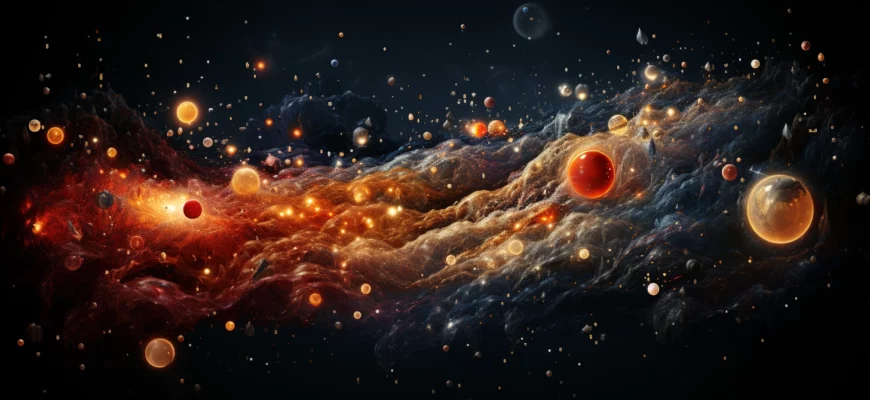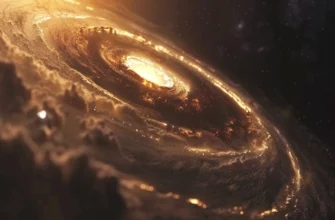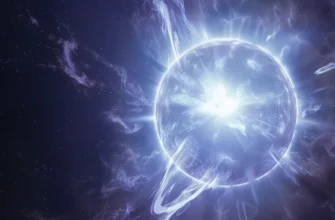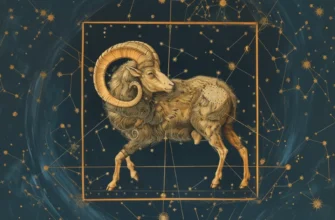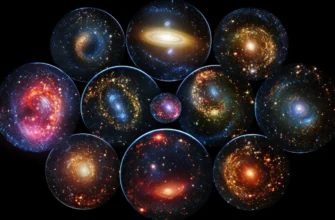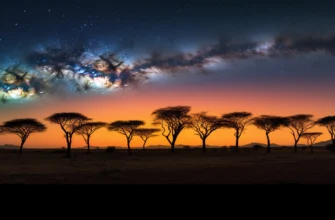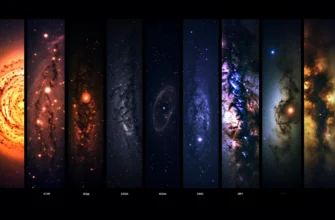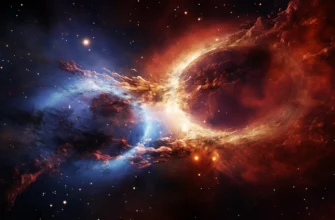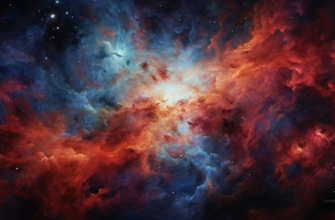Galaxies are majestic island universes that have captivated humanity’s imagination for centuries. These grand structures span thousands of lightyears across and contain billions of stars, making them some of the most massive and luminous objects in the universe.
- A Brief History of Galaxy Classification
- The Main Components of Galaxies
- Theories of Galaxy Formation
- Hierarchical Clustering
- Monolithic Collapse
- Secular Evolution
- Galaxy Mergers
- Feedback Processes
- Morphological Galaxy Types
- Elliptical
- Spiral
- Lenticular
- Irregular
- Peculiar
- The Intimate Relationship Between Dark Matter, Gas, and Galaxy Formation
- Conclusion
- References
A Brief History of Galaxy Classification
Humans have been observing galaxies for thousands of years, but it was only in the 20th century that Edwin Hubble developed the first comprehensive scheme to classify them based on their visual appearance. This became known as the Hubble tuning fork diagram:
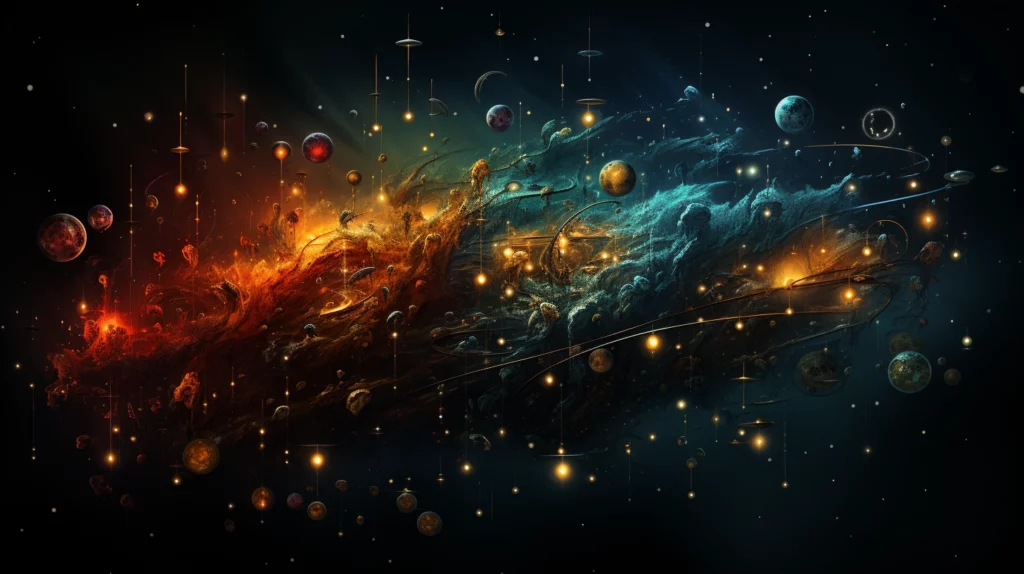
The Hubble tuning fork separates galaxies into ellipticals, lenticulars, spirals, and irregulars. Elliptical galaxies have smooth, featureless structures and appear elliptical or spherical. Spiral galaxies exhibit pinwheeling arms swirling out from a central bulge. Lenticulars are disk-shaped like spirals but without the spiral arms. Irregulars have no distinct structure.
This system worked well for many decades, but as our understanding of galaxies improved, it became clear that galaxy morphology correlates with other key properties like stellar mass, star formation rate, and merger history.
As such, modern galaxy classification schemes now rely more on physical properties rather than visual appearance alone.
The Main Components of Galaxies
Galaxies are complex systems containing many components that contribute to their observed properties:
| Stars | The stars in a galaxy produce most of its visible light. Massive, hot, young stars give galaxies a blue tint while older stars appear redder. The composite light from all the stars determines a galaxy’s overall color. |
| Gas and Dust | Gas (mostly hydrogen) and dust are the raw ingredients for new star formation. Gas is found in two main phases – neutral (atomic) and molecular. Molecular hydrogen fuels star formation in galaxy disks whereas the neutral phase traces more quiescent outer regions. Dust grains scatter and absorb stellar light, often giving galaxies reddened colors. |
| Black Hole | Most massive galaxies harbor a supermassive black hole (millions to billions of solar masses) at their core. Black holes accrete surrounding material and can become active galactic nuclei, powering jets and winds that influence galaxy growth. |
| Dark Matter Halo | Galaxies are embedded in massive halos of invisible dark matter five times more abundant than ordinary matter. These halos give galaxies most of their mass and gravitational influence. The dark matter distribution determines the rotation velocities in galaxy disks. |
| Bulge | Central bulges consist of densely packed stars with random orbits. Bulges are prominent in early-type galaxies but can be small or absent in late-types. Galactic bulges resemble mini-elliptical galaxies residing at the hearts of spirals. |
| Disk | Disks consist of young stars, gas, and dust orbiting in a thin plane about the galaxy center. Galactic disks contain spiral arms and bars in spiral galaxies but are mostly featureless in lenticulars. Disk sizes correlate strongly with galaxy luminosity. |
So in summary, galaxies are complex ecosystems where stars, gas, dust, black holes, and dark matter all play a role in determining their appearance and evolution.
Theories of Galaxy Formation
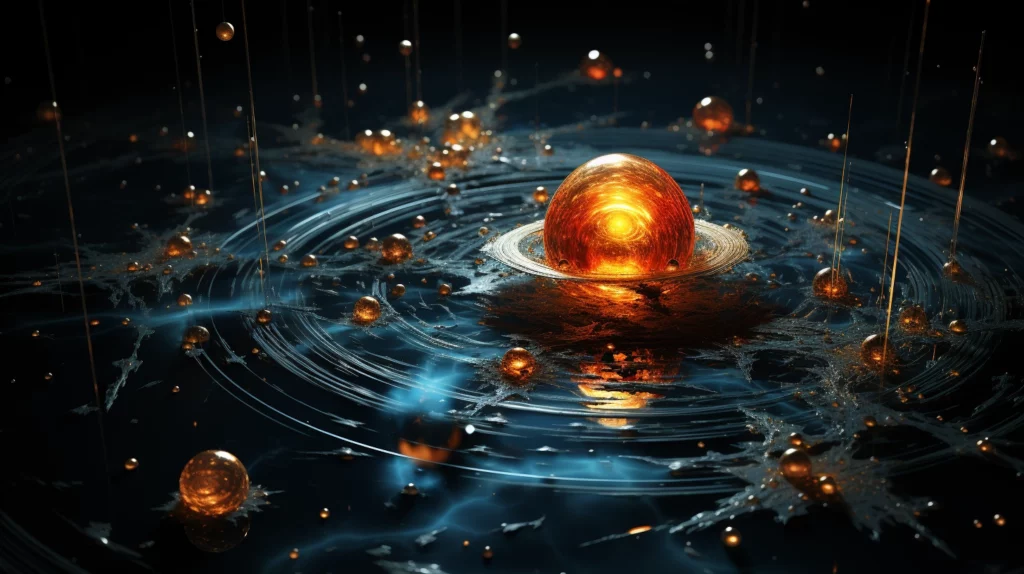
In the early universe, matter was almost uniformly distributed with only tiny density variations. Gravity then amplified these overdensities into the cosmic web of dark matter filaments and halos we see today. Ordinary matter concentrated into these potential wells, igniting the first galaxies.
But how exactly did the varied galactic zoo we observe come to be? Here we outline some of the leading theories and models.
Hierarchical Clustering
In the cold dark matter model, small dark matter halos form first and then merge into progressively larger halos over time. Gas condenses into the earliest halos, forming low-mass dwarf galaxies. Major mergers of gas-rich disks can create elliptical galaxies. This hierarchical growth of structure produces the observed distribution of galaxy masses and environments.
Monolithic Collapse
According to this model, the stars in elliptical galaxies formed early and rapidly when a large gas cloud collapsed under its own gravity. The gas rapidly condensed into stars before having time to settle into a disk. After the initial burst, ellipticals passively evolved with little new star formation.
Secular Evolution
Unlike the rapid processes above, secular evolution involves the gradual transformation of galaxies through internal processes over many billions of years. Examples include the slow rearrangement of energy and angular momentum via bars and spirals, gas accretion, and environmental harassment.
Galaxy Mergers
Mergers occur when two or more galaxies gravitationally interact and eventually collide and coalesce. Mergers induce bursts of star formation and can morph spiral galaxies into ellipticals. They play a key role in hierarchical growth but were more common in the dense early universe.
Feedback Processes
Stellar winds, supernovae explosions, and black hole activity can drive galactic outflows that regulate star formation and gas accretion. Negative feedback prevents galaxies from becoming too massive or star-forming. The effects of feedback are crucial for realistic galaxy simulations.
So in summary, a mix of processes determines how galaxies acquire their gas, form stars, change morphology over time, and ultimately arrive at the forms we observe today. Galactic archeology tries to reconstruct the formation history encoded in the stars, gas, and dust within galaxies themselves.
Morphological Galaxy Types
Now let’s take a more detailed tour through the Hubble classification system and the different galaxy types that inhabit the universe today:
Elliptical
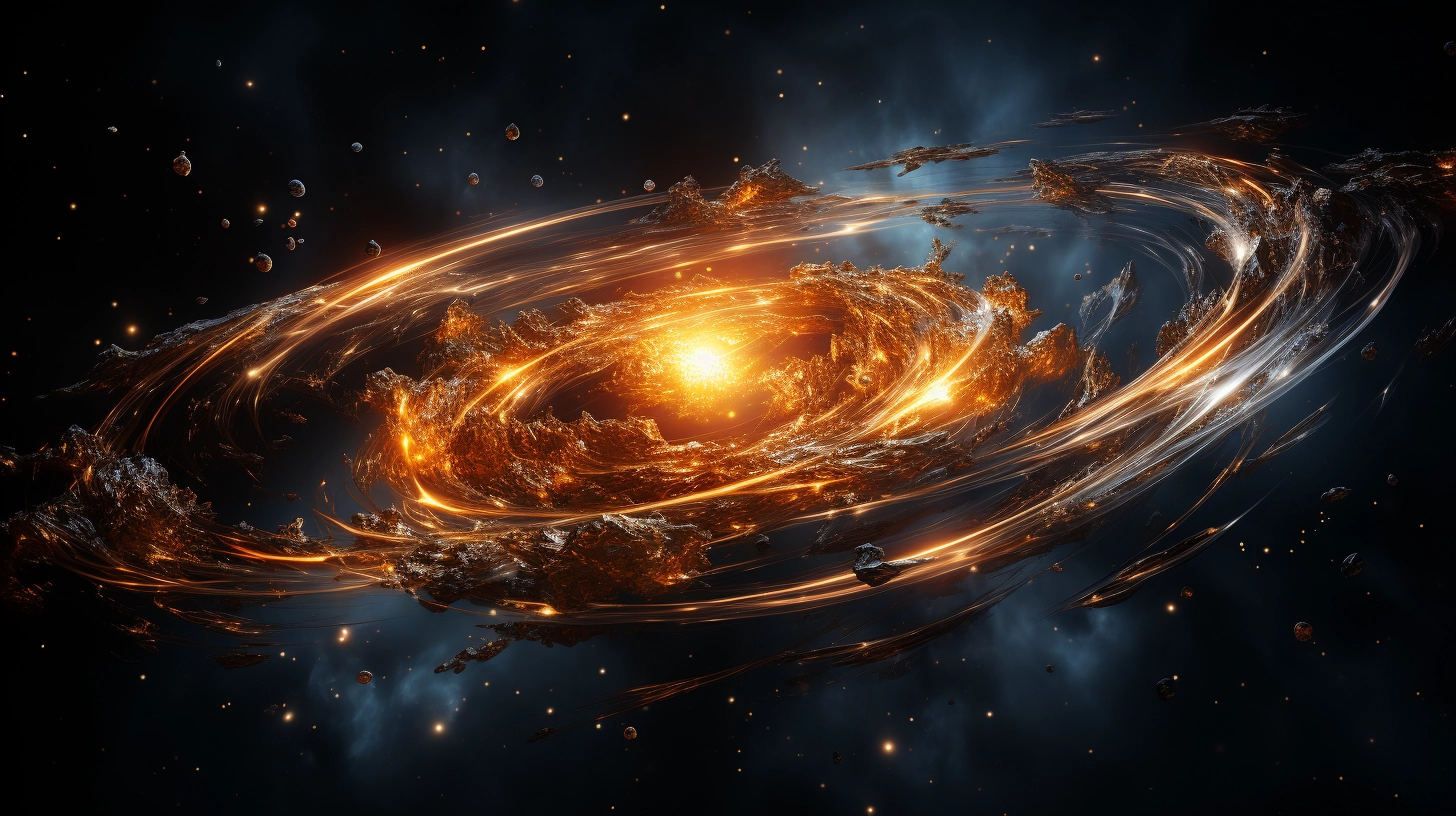
Elliptical galaxies appear oval or spherical on the sky with smooth, featureless structures. They contain older stellar populations and very little gas or dust. As such, ellipticals exhibit reddish colors indicating low current star formation.
The elliptical class is designated using numbers originally from E0 (circular) to E7 (most elongated). Bright ellipticals are extremely rare – their number densities and morphological fractions decline sharply with increasing luminosity.
Ellipticals dominate galaxy clusters where mergers may have morphed spirals into ellipticals over billions of years. Ellipticals likely formed rapidly at early times with their stars subsequently passively aging.
Spiral
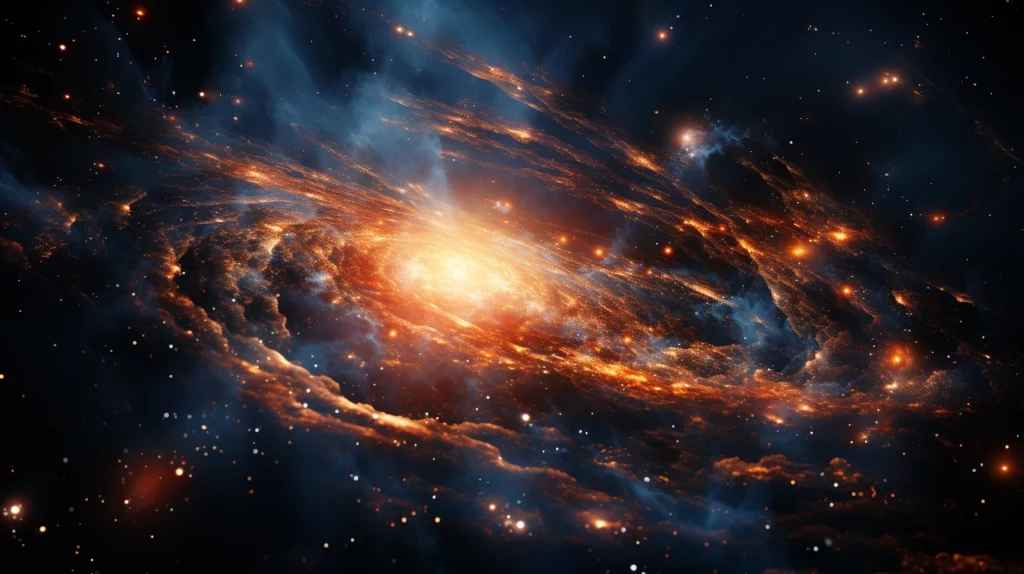
Spiral galaxy exhibit elegant pinwheeling arms, usually with a central red bulge. The arms represent density waves of gas, dust, and young stars that orbit differentially around the bulge. Spirals are rich in neutral gas.
Spirals are classified from Sa to Sd based on how tightly wound their arms are and the relative prominence of the central bulge. S0 galaxy are intermediate between ellipticals and spirals – they have disks but lack spiral arms.
Most spirals have low-density environments and have avoided major mergers during their lives. Their disks likely formed gradually after dissipational collapse of the initial gas cloud.
Lenticular
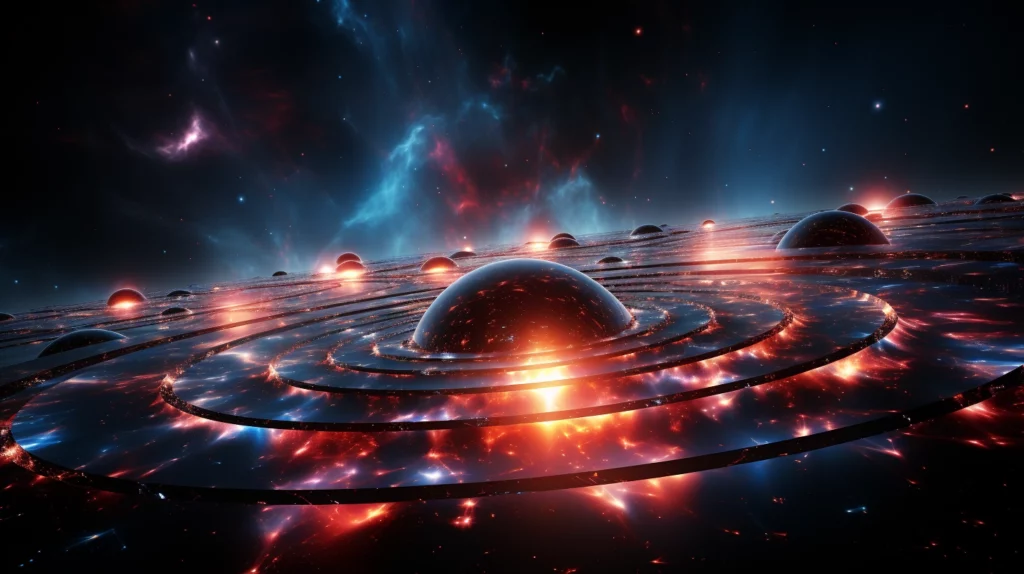
Lenticular or S0 galaxy have disk-like shapes similar to spirals but lack spiral arms and contain very little gas or dust. They represent the transition types between spirals and ellipticals in the Hubble tuning fork. Lenticulars are common in dense clusters where gas has potentially been stripped by environmental effects.
Irregular
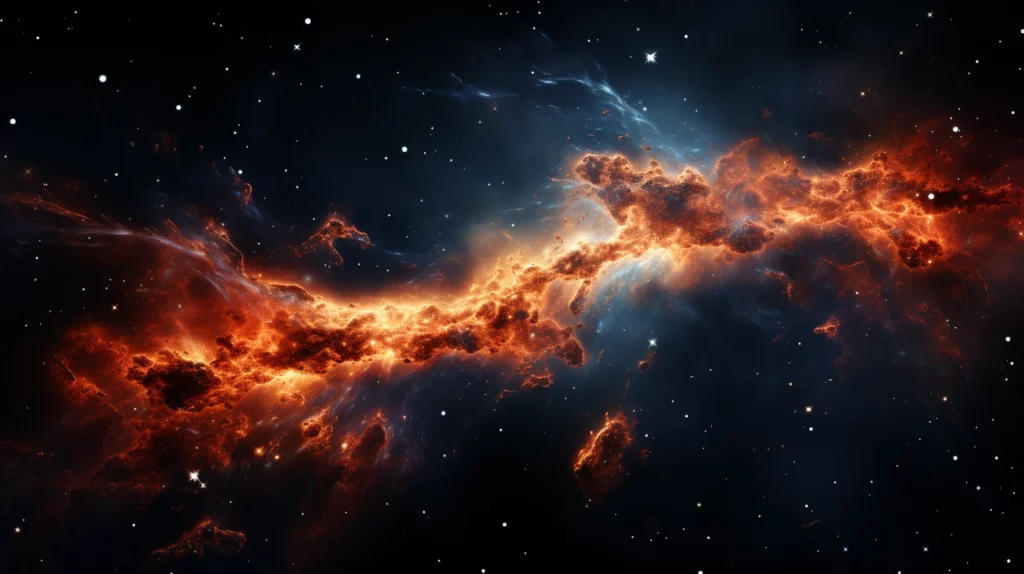
Irregular galaxy have asymmetric shapes and lack an obvious central bulge or disk component. They are typically lower mass with extensive gas and ongoing star formation. The Large and Small Magellanic Clouds orbiting our Milky Way are prime examples. Dwarf irregulars are common satellites around larger galaxies.
Peculiar
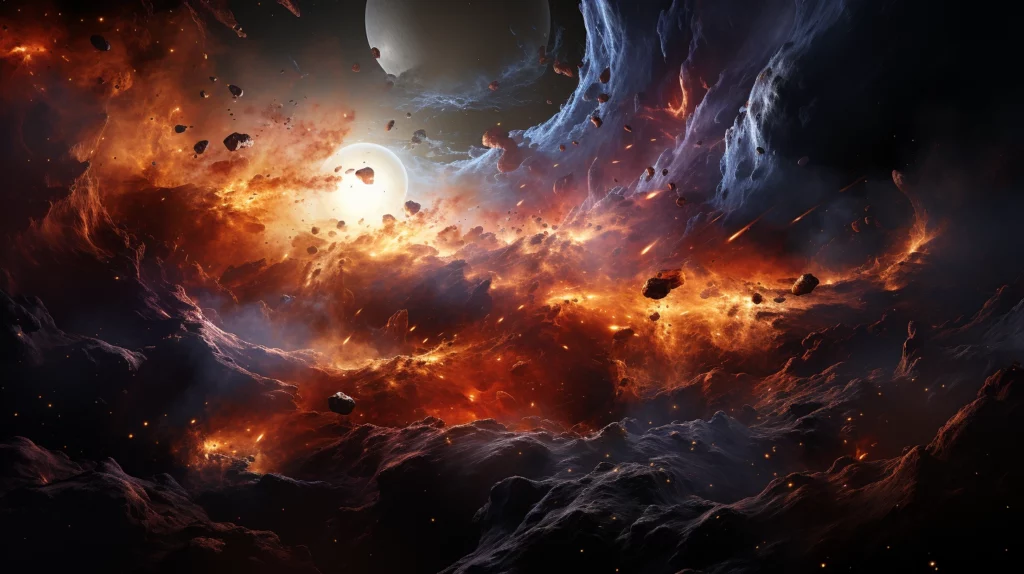
Peculiar galaxies exhibit disrupted morphologies, tidal tails, bridges, and rings indicative of gravitational interactions and mergers. They represent transient evolutionary phases likely transforming spirals into ellipticals over time. Famous examples include the Antennae and Mice colliding galaxies.
So in summary, Hubble’s morphology classes correlate with the ages, star formation, and dynamical states of galaxy stellar populations and interstellar matter. They provide snapshots of galactic evolution over cosmic time.
The Intimate Relationship Between Dark Matter, Gas, and Galaxy Formation
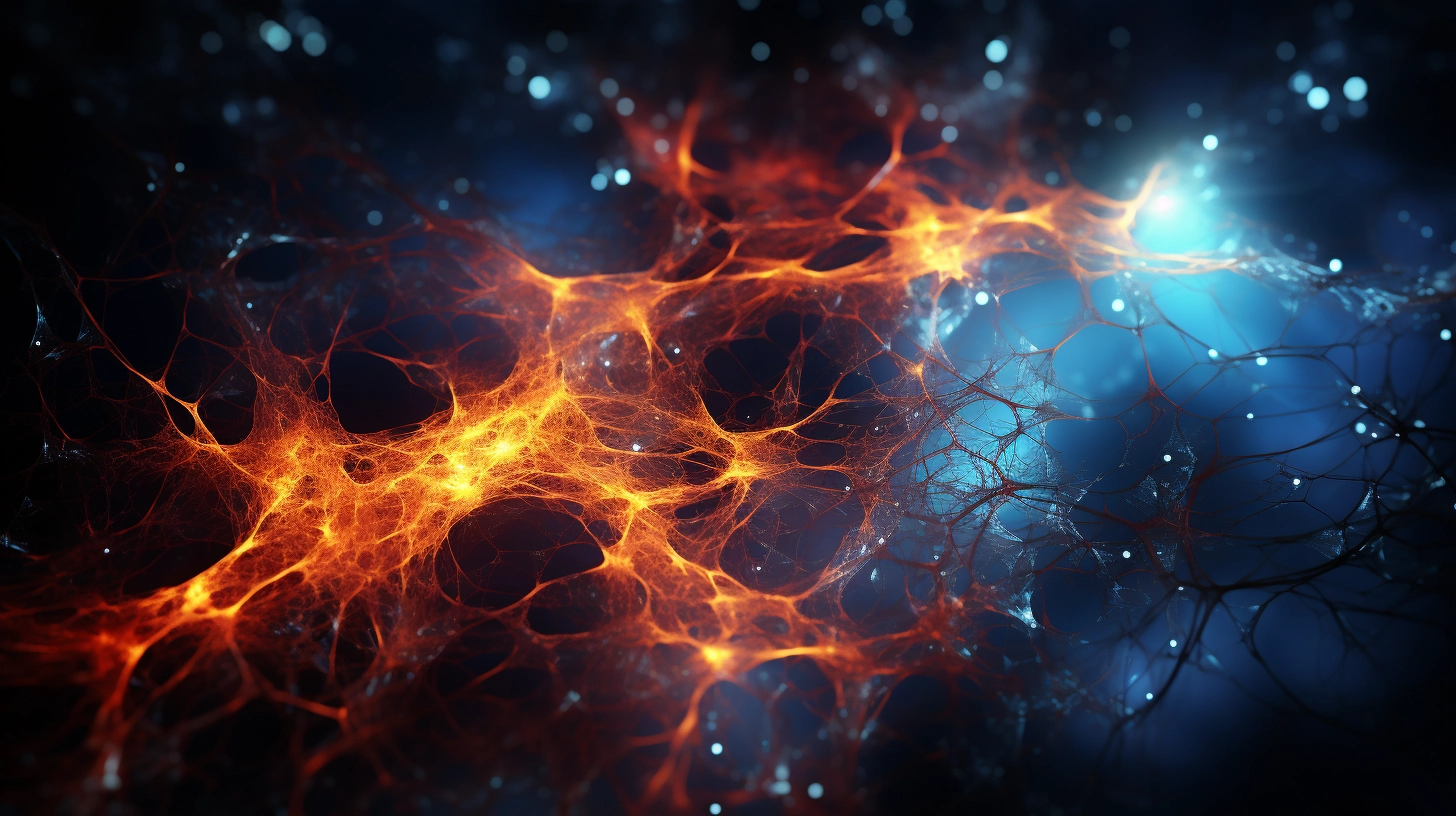
Modern cosmological models suggest galaxies form when gas condenses at the centers of merging dark matter halos. The halos provide deep gravitational potential wells that allow gas to cool and form stars. Thus the intimate dance between dark matter and gas guides galaxy evolution.
Dark matter halos build up in a hierarchical fashion, starting small and merging into ever larger structures. Gas follows the dark matter distribution but is subject to additionalcomplex physics – shock heating, cooling, turbulence, feedback, etc. Sophisticated simulations try to model these processes to recreate galaxy demographics, shapes, and scaling relations.
But major mysteries remain. For example, dark matter-only simulations predict many more massive satellite halos than we actually observe luminous dwarf galaxies around the Milky Way. The inefficient galaxy formation in low-mass halos is not fully understood but likely relates to supernova feedback and gas reionization.
Additionally, simulated massive galaxies have overly dense bulges and pronounced central dark matter peaks not seen in real galaxies. Feedback and other processes apparently reshape the inner mass distributions of galaxies over time in ways not captured by current models.
So while dark matter drives structure formation, complex baryonic physics determines how galaxies light up that framework. We must delve deeper into gas astrophysics and feedback to fully comprehend galaxy evolution.
Conclusion
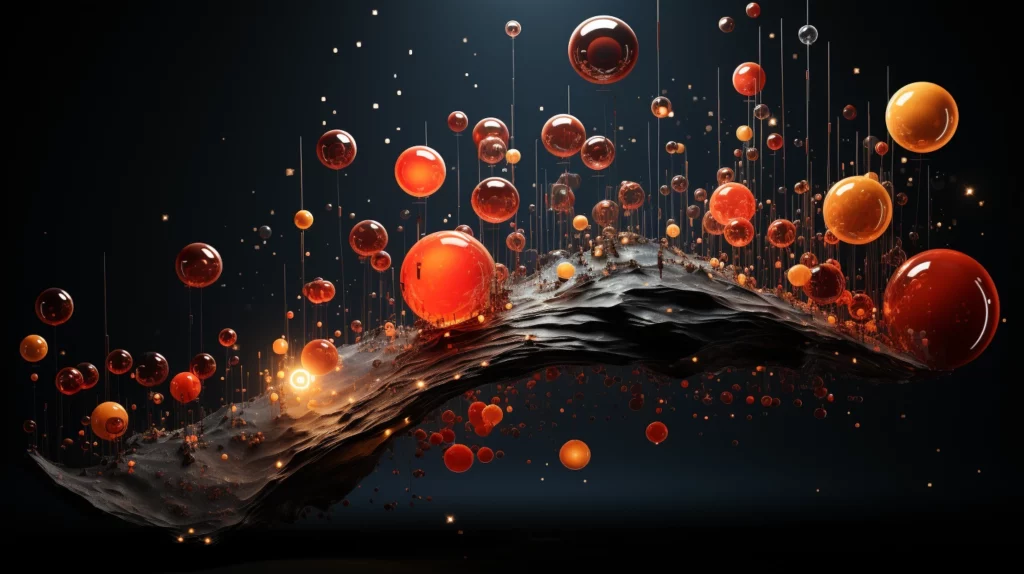
From their visible forms painted across the sky to the intricate dance of dark matter, gas, and stars within them, galaxies are gateways to understanding the cosmos.
The Hubble tuning fork provides a simple yet powerful classification scheme. Extending this with physical properties like mass, star formation rate, and merger history gives further insight into the physics driving galaxy evolution.
A mix of rapid monolithic collapse, hierarchical clustering, secular evolution, and environmental effects culminates in the galaxy population we observe today. Gas transforming into stars provides the luminous tracers of the underlying cosmic web.
Many mysteries remain regarding how precisely galaxies grow and evolve over time. As we peer deeper into space and farther back in time, a clearer picture is unfolding. The next generation of powerful telescopes will surely reveal more of the galaxy formation story.
The journey to understand these cosmic islands has just begun.
References
Conselice, Christopher J. “The fundamental properties of galaxies and a new galaxy classification system.” Monthly Notices of the Royal Astronomical Society 373.4 (2006): 1389-1408. Link
Gott III, J. Richard. “Recent theories of galaxy formation.” Annual Review of Astronomy and Astrophysics 15.1 (1977): 235-266. Link

